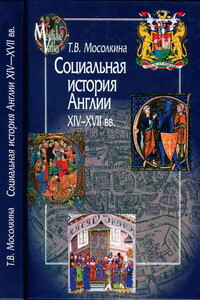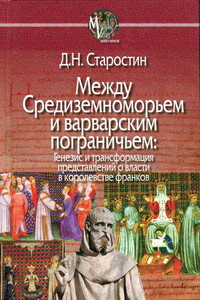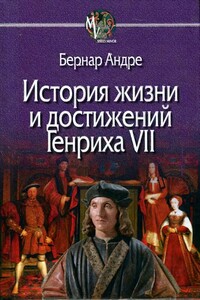In the first part of the research, the author analyzes the "pious legend" of Saint Francis of Assisi, i.e. the complex of the Saint perceptions within the Order (memoria). Primary focus is on the "official" hagiographies that were sequentially approved by the Roman Curia and the Order administration: the "Vita Prima" (1228–1230) and the "Vita Secunda" (1244–1247) by Thomas of Celano and the "Legenda Major" (1260–1263) by Bonaventure. The author demonstrates how the traditionally conservative authors of hagiographies search for the ways to integrate Francis of Assisi image into the church-controlled Sacred History domain of notions, so that to shape the understanding of the Order place and role as part of church and "divine" hierarchy.
In the first chapter, the author analyzes Franciscan historiography and defines its particular characteristics.
In the second and third chapter the author points out that the traditional rhetorical tools employed by Thomas of Celano were poorly accommodated to the incredibly dynamic transformation of the Franciscan community, that the Roman Curia — being the ordering party of the first official hagiography — tried to control. His failures were aggravated by the fact that the Order didn't possess a definitive institutional document, which was the Rule of Order in other religious orders. But it was being constantly edited by the Papacy. The Order, in turn, was rewriting the "pious legend".
The author proves that to get out of the institutionalization crisis the Order entered in 1250s, the administration should have not only reviewed their founders history and image, but also brought the reflection about the past to such representation space that could have only been interpreted within the given limits. The author further demonstrates that the "Major Legend" by Bonaventure, the Minister General of the Order and the professor at the University of Paris, resolved all contradictions between the world, the Order and the Curia by utilizing scholastic writing as a new technique of hagiographie narrative. Besides, "Constitutiones Narbonenses" emerged as a new Rule of Order during his tenure, which excluded any annotations made by both the Roman Curia and the brethren.
The analysis of the hagiographies dated the second half of the XIIIth century ("post-Bonaventure") lets the author prove that the roots of the historiographical myth about the "Conventuals" and "Observantists" confrontation in the pre-Bonaventure times (see chapter one, part one) originate from the polemics of Bonaventure disciples, "Constitutiones Narbonenses" supporters, and spirituals supporting regression to nonregulated apostolic activity. The author concludes that pre-Bonaventure age was characterized by active interaction of all movements within the Order, while the Order policy was determined by the actual affiliation of the current Minister General who was also able to shape the official "pious legend".
The second part of the research is dedicated to the "conflict-based" interaction between the Franciscan Order and the University of Paris. This part also considers interaction between the Franciscans and the Dominicans. In this part the author demonstrates how, despite the unification policy introduced by the Roman Curia, the Franciscans gain awareness as a movement separated from all other mendicant orders, and how they opt for an "academic corporation". The author relies on the research of the concept of "learning" in the pious legend of Francis dated XIIIth century and the complex of cotemporary cartularies from the University of Paris.
In the first chapter the author analyzes historiography and defines its blind spots and debatable issues. Then, in the second chapter the author points out that the brethren came to the University in the wake of apostolic commitment to transform the world in all of its spheres and aspects, but they had no particular purpose to engage scholastic studies and didn't aspire to imitate the Dominican Order which, on the contrary, intentionally integrated into universities. The author proves that up until 1230 Pope didn't consider the university to be a necessary domain for the Franciscan Order to integrate into. Still, after Gregory IX facilitated theological specialization in the University of Paris by announcing it a "theological center", the sovereign pontiff could have changed his priorities and make the Order brethren intentionally integrate into the University, similarly to the Dominicans and in line with the unification policy for mendicant orders. The author considers this integration to be one of the factors of the institutionalization crisis of the Order, the founder of which was more and more radical in preferring sermons to academic studies, according to both hagiographies by Thomas of Celano.






